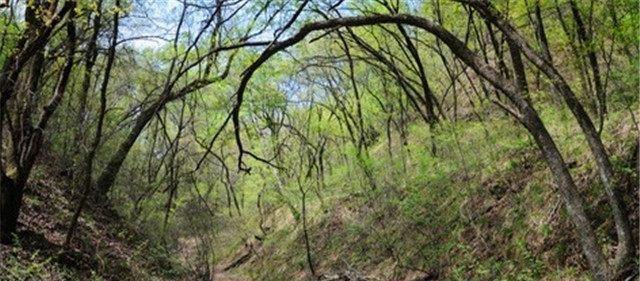In ancient China, land was privately owned, and farmland, mountains, forests, rivers, and roads were all targets for the rich and powerful. Most ordinary people can only choose to cling to the rich and noble, endure this exploitative life, and live a life of barely living. Farmland, mountains, forests, rivers and rivers are the rich and powerful to compete, but why are the roads also theirs? This is related to the ancient road construction system, where the road is divided into officially owned roads (also known as official roads) and small roads.

The official road is allowed to be walked by any ordinary people, but no one is allowed to occupy it. Many people may have a misunderstanding because of the title of the official road, thinking that only the official is allowed to go, but this is actually a misunderstanding. But other land is privately owned, even the fields and small roads are included, and it is precisely because the small roads are private, so others can let you ban the passage at any time, leaving you a big living person with no way to go! Not only in ancient times, but even in modern times, there are still such things happening in many countries in the West, and a few years ago, the United States also had a lawsuit because of this similar right of way.
Of course, because others own the land, they naturally have legal support, and this kind of thing also happened from time to time in ancient China. In ancient China, the department responsible for unifying road construction was the Ministry of Works, and the officials of this department were mainly responsible for the management of the use of organs, buildings and other utensils, which was one of the six very important ministries in the ancient Chinese imperial court. From the Sui and Tang dynasties, the post of Shangshu of the Ministry of Works was set up, and three years later, a waiter was added, under the jurisdiction of the Ministry of Works, Tuntian, Shuibu, and Yubu. In the early years of the Northern Song Dynasty, the Ministry of Works was changed to the Three Divisions, but not long after the fifth year of Yuanfeng, it was changed back to the Ministry of Works Shangshu and Shilang, so it was revised by successive dynasties, so the position was also very unstable.
After all, in ancient times, this belonged to the industry that was unpopular after all, although there was a lot of oil and water, but most intellectuals did not look up to it. Ancient people usually build roads by relying on mountains to eat mountains and rely on water to draft water, the ground is rammed earth with soil, and some places also use cooked soil and rice milk, burn the soil again, there will be no insects or grasses, and if you use rice milk, you can smash it more tightly. In ancient times, there were also floor tiles, but such roads were usually built in the city.
The Han Dynasty began to build roads with stones, tiles and drainage pipes below. There are still many places where the stone path has been preserved for thousands of years, and it is very smooth and smooth due to the traces of time. According to historical records, in the Qin Dynasty, there were already tracks, this kind of wooden track would be stuck in the wheels of the carriage, built smooth and flat, running very fast, in that period should be regarded as high-speed rail!